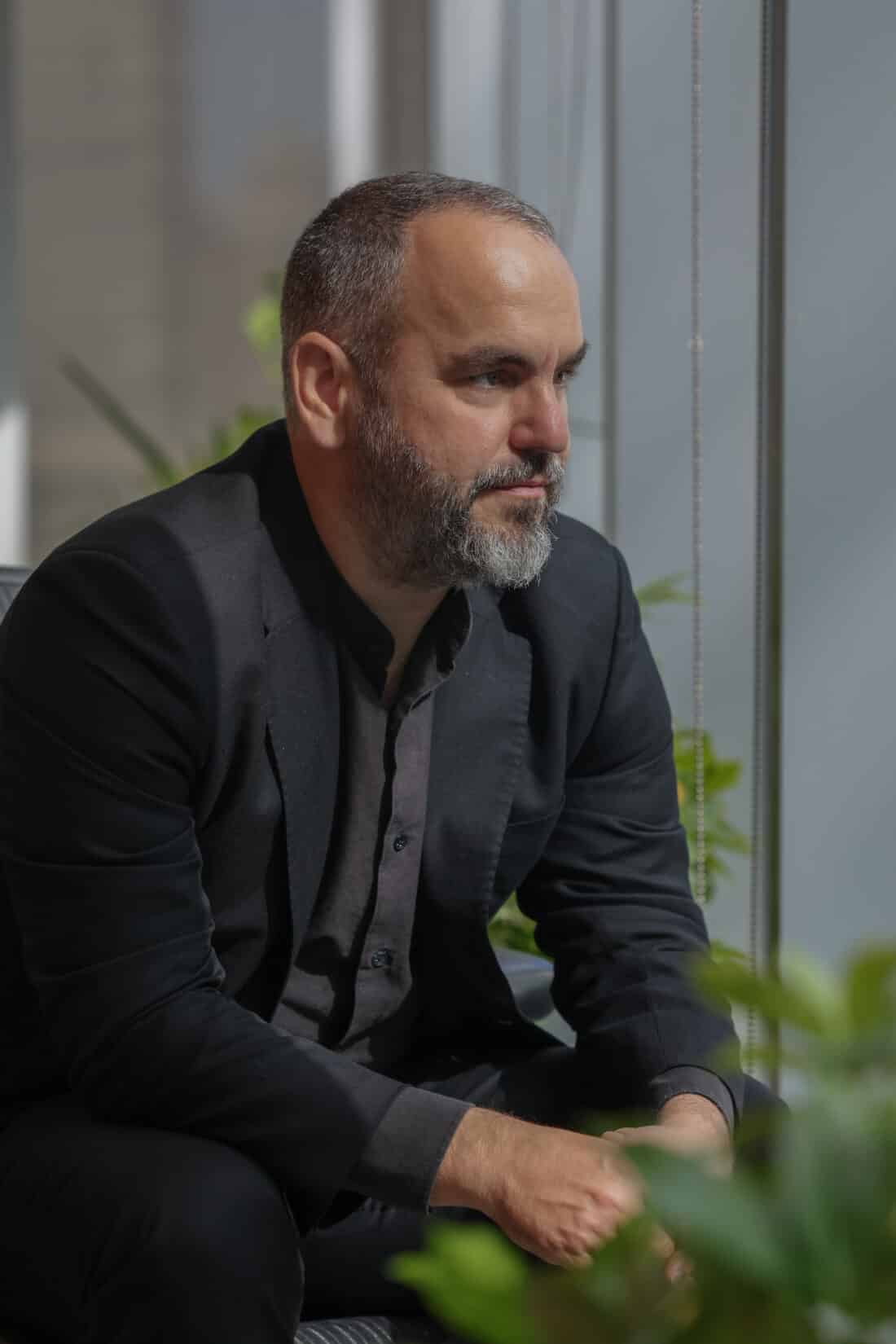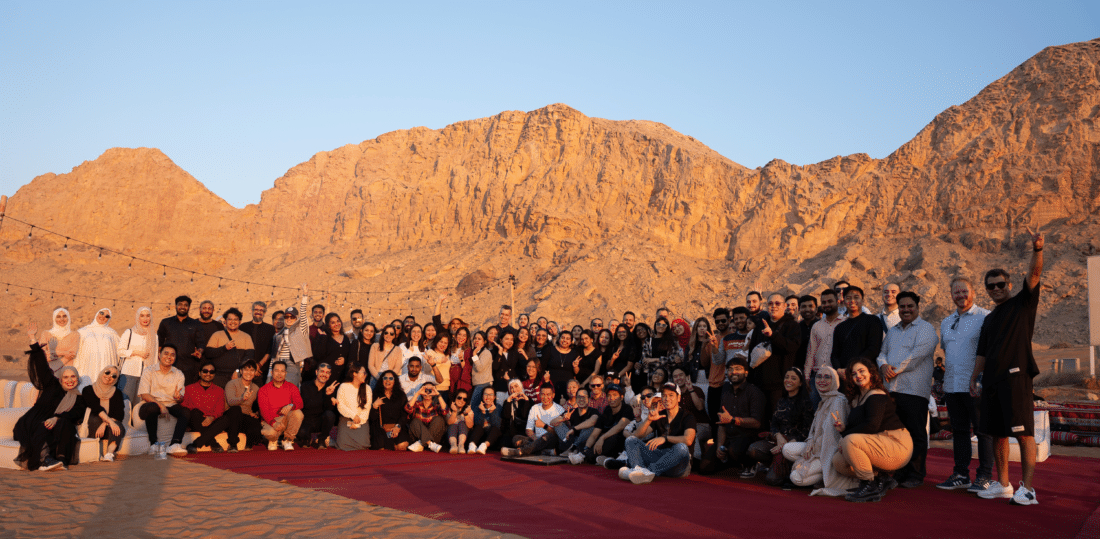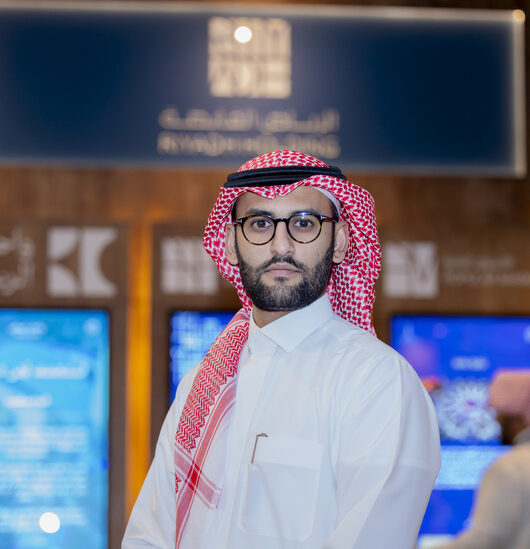 Ignacio Gomez, Global Design Principal at Aedas, addresses what differentiates the company from its competitors, making a positive influence on communities, development under his leadership, and how innovation is key to success.
Ignacio Gomez, Global Design Principal at Aedas, addresses what differentiates the company from its competitors, making a positive influence on communities, development under his leadership, and how innovation is key to success.
By Roma Arora
What would you say are the three most important aspects that sets Aedas apart from other architecture firms globally?
Aedas distinguishes itself through its foremost commitment to the spirit of the place – a design approach that takes into account the local culture, environment, tradition, and social aspects. Aedas believes in the significance of having individuals on the ground with cultural and social awareness to create designs that are relevant. This emphasises the importance of understanding the context in order to develop designs that are not only aesthetically pleasing but also meaningful within their specific cultural and social context. This approach aligns with the principles of contextual architecture and design, highlighting the need to respond to and respect the unique characteristics of a site. By acknowledging and incorporating local elements, Aedas seeks to create architecture that harmonises with its surroundings and positively contributes to the community. Designing with attention to the spirit of the place is a holistic approach that goes beyond aesthetics, considering the broader impact of a project on the environment, community, and cultural identity. This reflects a commitment to responsible and sustainable design practices that contribute to the well-being of both people and the places they inhabit.
Secondly, Aedas operates with the efficiency and personalised service characteristic of a “boutique-commercial” office. Our approach mirrors that of a boutique firm, embodying agility and prompt responsiveness. We devote meticulous attention to detail for every project, regardless of its size. Despite our boutique-like qualities, it’s important to note that we are an international company, bringing forth the substantial weight and resources associated with such a global presence. This combination allows us to seamlessly integrate the nimbleness of a boutique firm with the extensive capabilities and reach of an international corporation.

The third key aspect centres around our unique design process. We invest considerable time investigating the client’s requirements, understanding the essence of the location, its inhabitants, and the objectives of the proposed design. A significant portion of our time is devoted to extensive research, ideation, and the exploration of multiple design options. Notably, we approach each project without predetermined notions, allowing us to respond dynamically to the current context. Unlike adopting a fixed house style, our primary focus lies in problem-solving and crafting spaces that contribute value to the surrounding community. Our methodology involves a continuous loop of analysis, testing, evaluation, and resolution.
What is the guiding design philosophy at Aedas?
At Aedas, we refrain from making initial judgments early in our creative process. Such an approach does not align with our purpose. Instead, we postpone decision-making, dedicating time to ideation and thorough examination of the project, the landscape, the culture, and the people involved. It is only later in the process that we crystallise our concept and move into the production phase.
We draw inspiration from diverse industries like restaurants and films. Renowned chefs innovate with new techniques and flavours, adapting menus to changing tastes. In the film industry, adaptability is crucial in the complex, collaborative process from conceptualisation to distribution. This type of agility and preparedness to respond swiftly encapsulates the essence of how we approach our work.
How does Aedas push the boundaries of what is possible in design?
Innovation can only come from exploring the unknown. If you know the path prior to starting the journey the design is not innovative. At Aedas, we thrive on breaking free from preconceived notions, embracing a philosophy that fosters unexpected discoveries and delivers unique results. As a design practice, we stand apart from the conventional by deliberately avoiding the adoption of a predefined house style. Instead, our approach is driven by the inherent design challenge and the unique characteristics of the site, allowing us to tailor solutions that are not only distinctive but also deeply rooted in the specific context. This commitment to a context-driven design philosophy is vividly reflected in the rich diversity of our portfolio, showcasing our ability to respond creatively and effectively to a wide array of architectural challenges.
How does Aedas Middle East as a design practice create a positive impact in the communities you operate within?
In our Dubai office, we are dedicated to making a meaningful impact on three distinct levels of social engagement. Firstly, our commitment lies in nurturing and developing the next generation of architects. Rather than solely creating architecture, our focus is on cultivating architects. The Dubai office spearheads an internship program aimed at training aspiring architects who have been brought up and educated in the region. Social empowerment and fostering the proficiency of the new generation are key priorities on our agenda.The second level of impact revolves around fostering inclusivity, challenging workplace stereotypes, and normalising the presence of multi-ethnic design leaders. We believe that solutions tailored to the region should be driven by local talent rather than relying on imported expertise.
Lastly, our third level of community impact underscores what we perceive as our responsibility as a design practice. We recognise that an architect’s role extends beyond creating physical structures; it involves teaching, writing, and actively contributing to community development. It is important to engage with the design community and generate content focussed on design theory and practice.

Ignacio, you have been the Global Design Principal at Aedas since 2021. Under your leadership, how have you shaped the present and future of the firm?
The outlook for Aedas is promising, reflecting a confluence of factors that positions the firm for continued success and growth. Firstly, the region itself is undergoing rapid development presenting a wealth of opportunities for architectural endeavours. The demand for innovative and design solutions is on the rise, driven by a dynamic economic landscape and a commitment to fostering vibrant, forward-thinking communities.
Additionally, Aedas has demonstrated a commitment to a unique design approach that integrates seamlessly with the cultural, environmental, and social aspects of each project. This tailored methodology not only distinguishes the firm within the competitive architectural landscape but also resonates with clients seeking solutions that go beyond mere aesthetics.
Furthermore, the firm’s dedication to staying at the forefront of industry trends and embracing new technologies positions it as a forerunner in the ever-evolving field of architecture. The ability to leverage cutting-edge tools and techniques ensures that Aedas remains adaptable and capable of addressing the evolving needs and challenges of the architectural realm.
In essence, the promising outlook for Aedas is a result of its strategic positioning in a region of growth, its commitment to thoughtful and culturally sensitive design, and its proactive approach to innovation and technology. These elements collectively contribute to a trajectory that not only anticipates success in the present but also lays a solid foundation for continued achievement in the future.
What is your top career advice to young and emerging architects?
Hone your skills diligently, as a student, you often navigate through hypothetical scenarios. However, comprehending the nuances of executing a real-life project in a tangible setting takes time. My foremost piece of advice is to immerse yourself in continuous learning, delving into diverse areas to grasp not just what you know but remain conscious of what you do not know.







